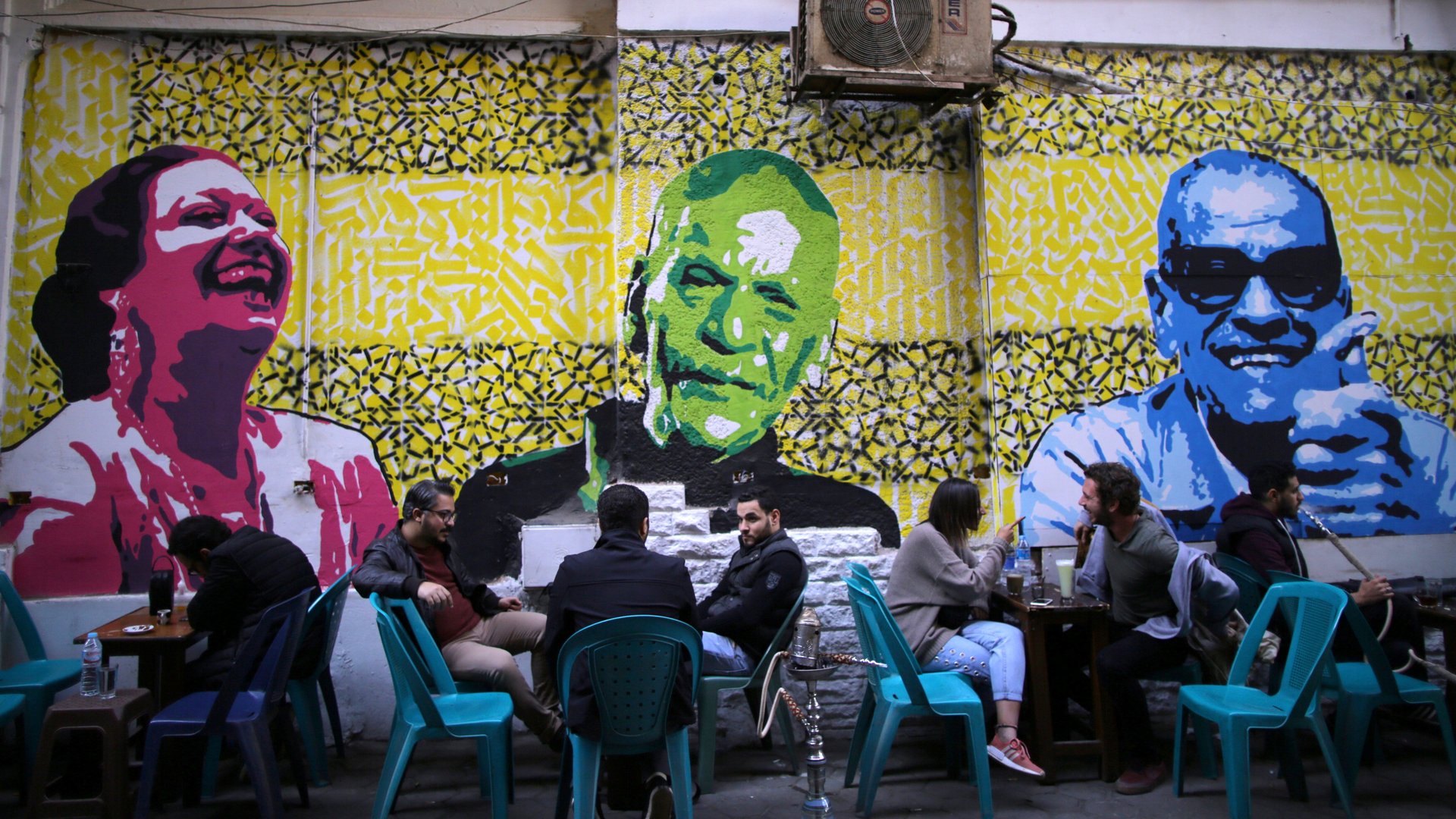African contemporary art’s value is far greater than the current boom in sales
Contemporary African art has been in the art world’s spotlight for the last few years.


Contemporary African art has been in the art world’s spotlight for the last few years.
For the most part, that attention has come in the form of higher valuations for contemporary pieces, new galleries popping up in African cities or the proliferation of art fairs on the continent. This so-called boom has introduced artists like El Anatsui and William Kentridge to new audiences, and press beyond the niche publications finally taking notice.
In all this buzz, curator Touria El Glaoui took a step back and reminded everyone that the value of African art went well beyond its new investment potential. In a TED talk of less than eight minutes, El Glaoui reminded audiences of the power of this expression.
“It is really through art that we can regain our sense of agency and empowerment,” she told TED Global audiences in Arusha. “It is through art that we can really tell our own story.”
El Glaoui is the daughter of well-known Moroccan painter Hassan El Glaoui (who was discovered by Winston Churchill) and the founder of the 1-54 contemporary African art fair, held annually in London, and more recently New York. She abandoned a career in telecoms and banking to focus on building an international platform for African artists. In her talk, she broke with the current trend and spoke about the psychological and social value of art, rather its monetary value.
In the talk, she referenced artists who tell stories of the past, present and future. Senegalese photographer Omar Victor Diop’s self portraits taps into art history of the last 400 years to tell a story about the continent’s history as well as its current complexities. He recreates the 18th century portrait of the Senegalese-born Haitian revolutionary leader Jean-Baptiste Belley, but inserts a football into the recreation as commentary on the power Africans give to celebrity footballers today.
El Glaoui is also inspired by the photographic series Kesh Angels by Hassan Hajjaj. The common local sight of young Moroccan women who work as henna artists and get around on motorbikes is looked at through a new lens as a biker gang traversing crowded souks. The image tells a story on Africa’s place in global consumerism, while subverting western perceptions of the powerlessness of Muslim women who wear religious garb.
For African audiences, placing value on the stories these works tell makes the work more accessible to those outside the often narrow and somewhat elitist art world. Having Africans behind the lens, or in front of the canvas, is seen as a chance to be in control of the narrative on the very many different ways of being African.
A previous version of this article incorrectly referred to Winston Churchill by the incorrect first name William. That has been corrected.